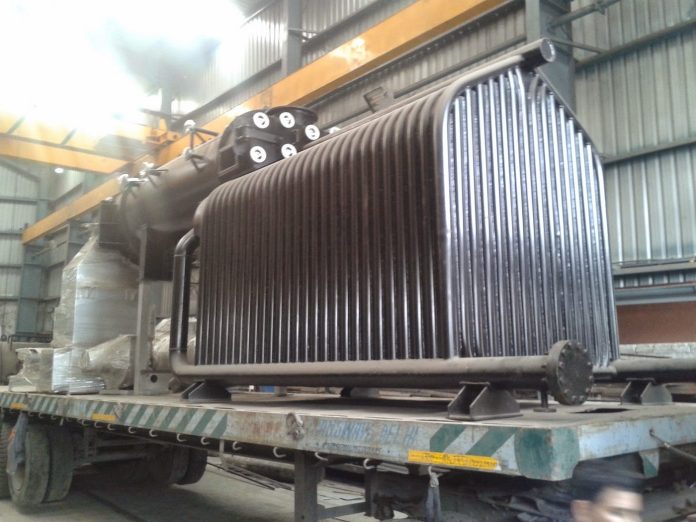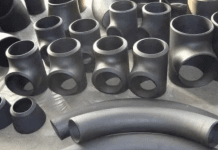Boiler tubes serve as conduits for hot gases generated during the combustion process to pass through, transferring their thermal energy to the water contained within the boiler. This heat exchange process converts water into steam, which can then be utilized for heating, power generation, or other industrial applications. Moreover, advancements in boiler tube design, such as improved surface coatings and enhanced heat transfer mechanisms, contribute to higher efficiency and reduced energy consumption in steam generation processes.
Types of Boiler Tubes:
Boiler tubes come in various types, each meticulously designed to meet specific operational requirements and environmental conditions encountered in diverse industrial settings. Understanding the distinct characteristics and applications of these different types is crucial for selecting the most suitable option for a given boiler system.
Water Tube Boilers:
Water tube boilers feature a design where water flows through tubes that are surrounded by hot combustion gases. This configuration allows for efficient heat transfer and higher steam generation capacities compared to fire tube boilers. Water tube boilers are commonly employed in high-pressure applications such as power generation plants, where steam at high temperatures and pressures is required for turbine operation.
Fire Tube Boilers:
In contrast, fire tube boilers have hot gases passing through tubes while water surrounds them. This design is simpler and typically used for low to medium pressure applications, such as heating systems in residential and commercial buildings, as well as some industrial processes. Fire tube boilers are known for their ease of installation and maintenance.
Specialty Tubes:
Beyond the basic water and fire tube designs, specialty tubes cater to specific needs in boiler systems:
-
Superheater Tubes:
These tubes are installed in the hottest part of the boiler’s combustion chamber, where they further heat steam generated by the boiler to achieve higher temperatures. Superheater tubes are critical in enhancing the thermal efficiency of power generation systems. -
Economizer Tubes:
Economizer tubes are positioned in the boiler’s exhaust gas path to capture waste heat. They preheat the boiler feedwater, thereby reducing fuel consumption and improving overall energy efficiency. Economizer tubes are commonly used in industrial boilers to recover heat from flue gases before they are expelled.
Each type of boiler tube serves a specific purpose and operates under distinct conditions, contributing to the overall efficiency and performance of the boiler system. Factors such as material composition, design, and installation play crucial roles in ensuring the reliability and longevity of boiler tubes in demanding industrial environments. Additionally, advancements in materials science and manufacturing processes continue to drive innovation in boiler tube technology, leading to improvements in efficiency, durability, and environmental sustainability across various industries.
Conclusion
The intricate network of boiler tubes serves as the lifeline of modern industrial operations, facilitating the seamless transfer of thermal energy essential for power generation, heating, and various industrial processes. Through a deep understanding of the diverse types and applications of boiler tubes, coupled with relentless innovation in design and materials, industries can unlock new levels of efficiency, reliability, and sustainability in their energy systems. As we continue to push the boundaries of engineering and science, the journey towards ever-improving boiler tube technology promises not only enhanced performance but also a greener and more resilient future for generations to come.









